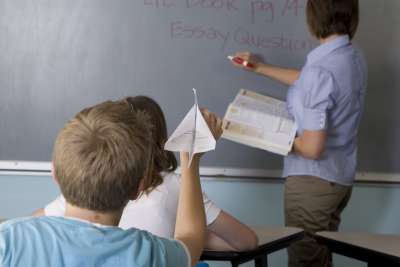This behavior management article includes two handy charts to track student behavior as well as a list of possible positive reinforcers.
Charting and Reinforcing Behaviors
Editor's Note: The following article has suggestions for working with students with behavior problems, but the ideas are easily modified for any student.
- The Daily and Weekly Point Sheet chart can be used to track progress. These charts can be modified to fit the individual child and/or teacher's needs.
- At the end of each month, a photocopy of the Weekly chart is made for the teacher's records. Students are then permitted to take their copy home. Some parents like to use these charts along with the daily point sheets to help motivate the students with rewards at home.
- Parents must be reminded to accentuate the positive. Periodically remind them that the point sheets and monthly charts are tools of communication. Help them see that even though a student may have low points for a particular day, he or she still may have made good choices.
REINFORCERS
The following list of reinforcers is only a start. Ask the students what they want to earn. Be observant to detect their least favorite activities. For the plan to work, there must be things students want to avoid as well as things they want to earn.
Primary reinforcers include food items and drinks. These work best with younger students and with any age when stress factors are high. Permission from parents is sometimes needed. Primary reinforcers might include the following:- Candy
- Juice
- Fruit
- Crackers
- Soda
- Cookies
- Cake
- Pizza
- Chips
- Pretzels
- Ice cream
- Marshmallows
- Posters
- Erasers
- Cars
- Dolls
- Notebooks
- Sports cards
- Visors
- Bubble bath
- Nail polish
- Stickers
- Pens
- Jewelry
- Sunglasses
- Caps
- Pencils
- Games
- Markers
- Clothing
- Cologne
- Silly straws
- Painting
- Models
- Coloring
- Clay
- Playing outside
- Game time
- Computer
- Library
- Films
- Listening to tapes or records
- Visiting another classroom
- Helping in the office
Excerpted from Tough to Reach, Tough to Teach.














